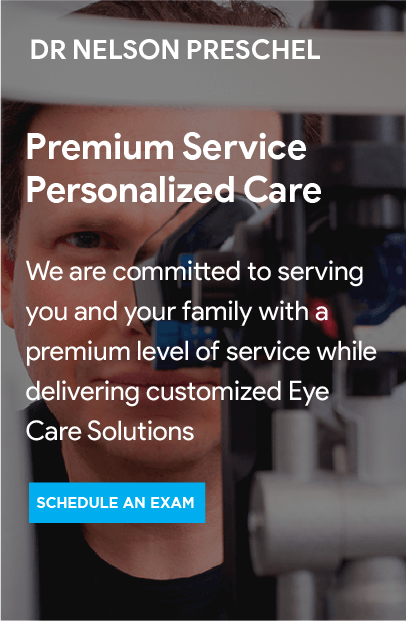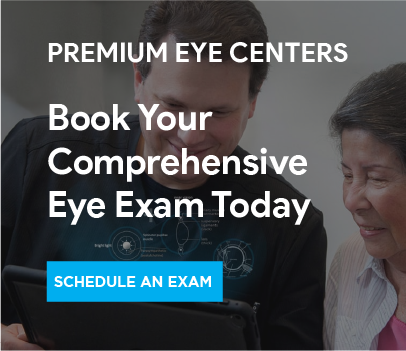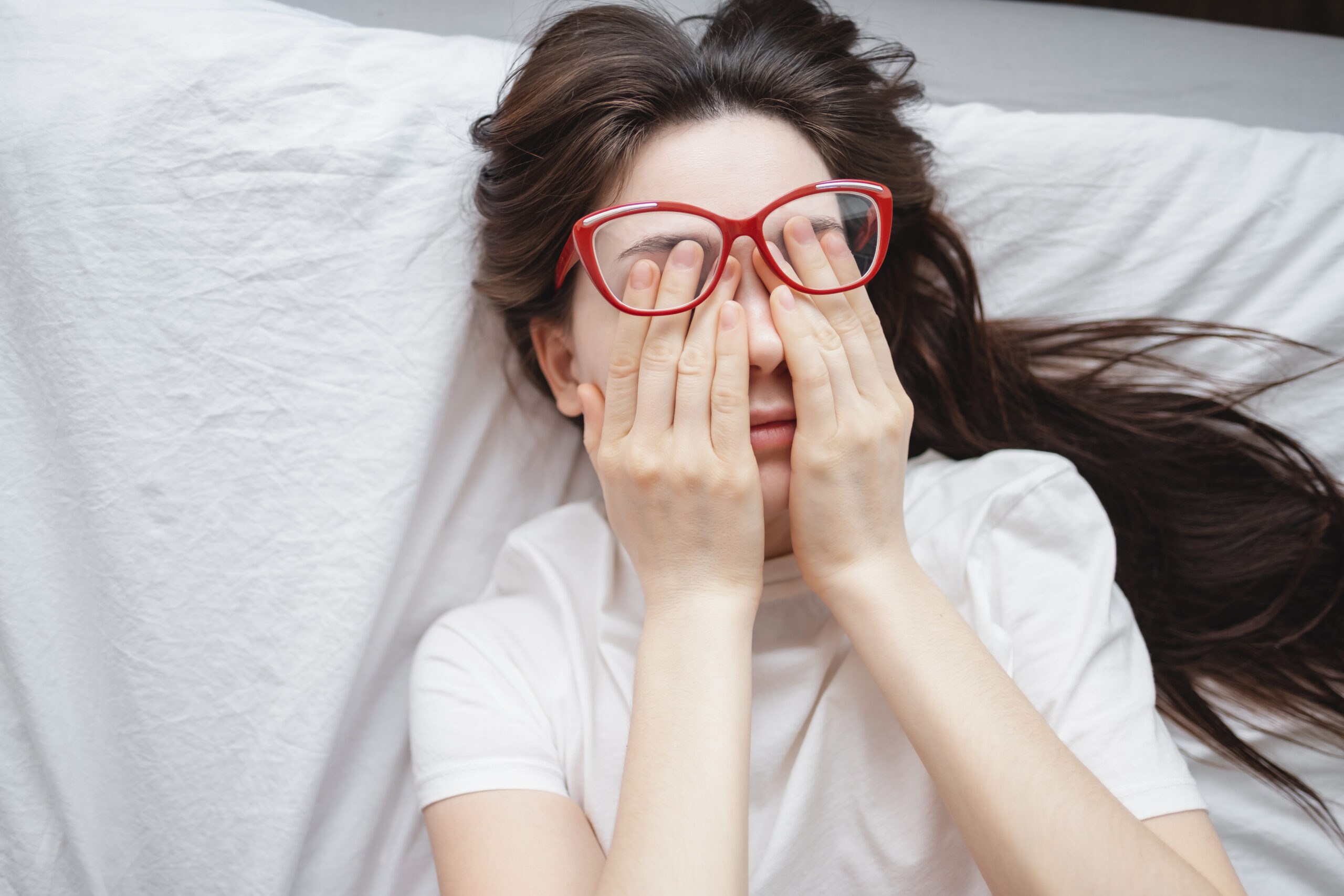Child’s Vision is crucial for a developing young mind. Seeing the world with clarity not only aids growth but also ensures they grasp and interpret their surroundings accurately. Some kids are born with vision challenges, while others develop them over time, often becoming apparent during routine eye checks. If your little one is lagging in class, hesitant to engage with picture books, or if there’s a family history of vision issues, they might not be seeing their environment as vividly as their peers. The good news? Early detection often means simple corrective measures like glasses can make all the difference. So, how can you discern if your child might need those specs? Read on to find out!
Child's Vision Challenges: Common Problems in Kids
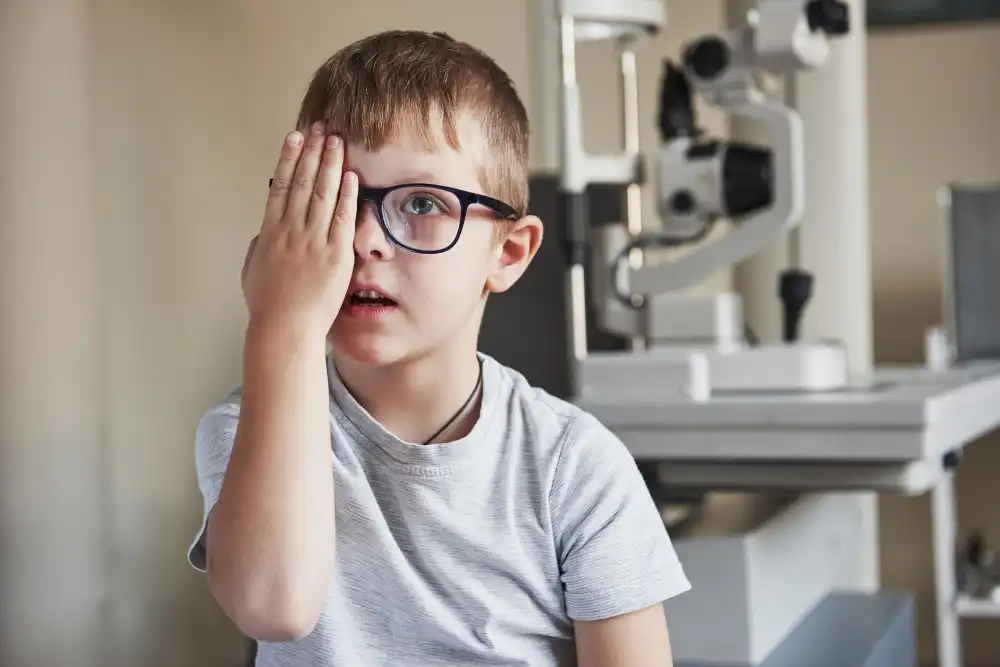
Ever heard of amblyopia? While there’s a gamut of vision challenges that might affect our young ones, amblyopia, often known as “lazy eye”, tops the list for kiddos. Here’s the scoop: it’s a neural-developmental issue, where one eye (sometimes even both) doesn’t quite sync up with the brain like it should. This means one eye ends up being the proverbial weaker link. And just like that favorite toy they refuse to part with, if we don’t address this early on, it might stick around for life.
“Amblyopia is the big concern on our radar,” shares Dr. Heather Cimino, MD, OD, a pediatric optometrist with expertise from the renowned Cleveland Clinic, Ohio, and Vision First, a pioneering initiative focusing on early detection of eye issues in kids around Cleveland. She explains, “Imagine one eye has had a head start right from birth, or since the toddler years. The brain starts sidelining the other eye that’s not keeping up.”
While the magic of glasses can often steer amblyopia back on track, the clock is ticking. The younger the child, the better the odds. Some research even hints that past the age of 7, achieving a full correction becomes a tough game. Dr. Cimino adds a word of caution, “Once we’re looking at a 12-year-old with untreated amblyopia, fully resolving it becomes a slim chance.” She emphasizes, “Amblyopia is totally in our court to treat, but early detection is key.”
There’s more to the world of kiddo eye issues than just amblyopia. Ever heard of hyperopia or myopia? Maybe you know them by their street names – far-sightedness and near-sightedness. Here’s how they play out: with hyperopia, things up close seem like they’ve got a blurry filter, while myopia turns those distant views into a fuzzy mess.
You might’ve heard grandma talk about ‘those genes’ when it comes to near-sightedness, and she’s not wrong; myopia does tend to be a family affair. But here’s the twist: lately, more and more young’uns are joining the myopia club. Some experts are raising eyebrows, wondering if our modern screen-time marathons might be the culprit.
“In my clinic, the number of youngsters needing specs is on the rise, and I can’t help but think it’s tied to the uptick in close-up tasks and, let’s not forget, the whole virtual schooling scene,” notes Dr. Luxme Hariharan, MD, MPH, a seasoned pediatric eye expert from Nicklaus Children’s Hospital in sunny Miami, Florida.
Now, shifting gears a bit, let’s talk about strabismus – sounds fancy, right? Imagine this: kiddo’s eyes taking separate vacations. One’s looking straight ahead, while the other’s maybe drifting off somewhere else. Often linked to severe hyperopia, amblyopia, or specific health issues, strabismus is when the eyes don’t quite line up in tandem. Thankfully, this one’s a tad easier to spot. But remember, not every vision quirk waves a big red flag. That’s why being in-the-know about the hints and signs of kiddo vision issues is essential.
Spotting the Clues in Your Child's Vision: Do They Need Glasses?
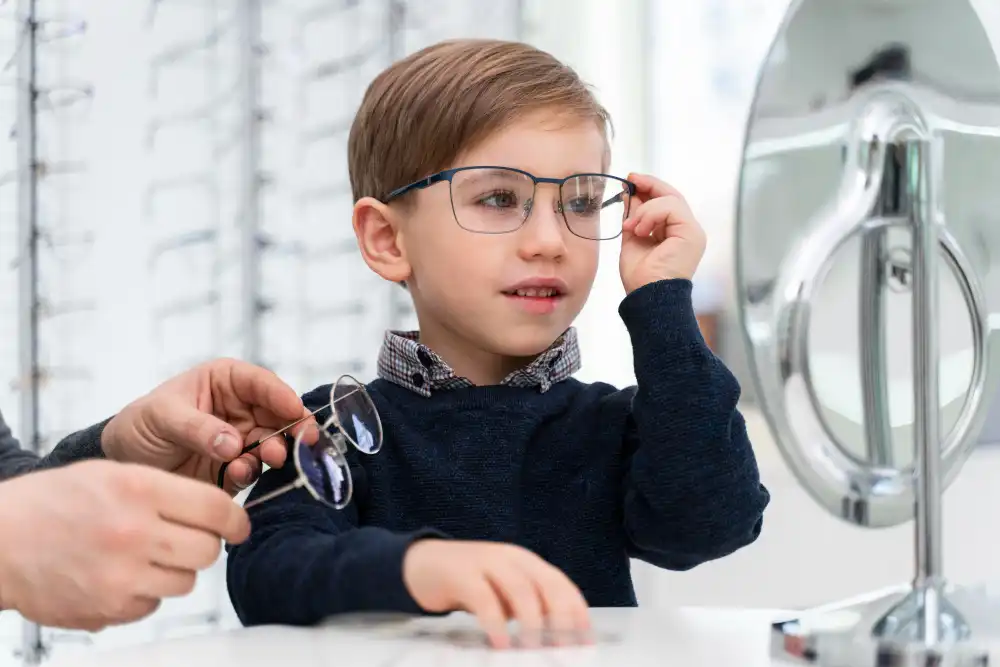
You know, youngsters aren’t always the best at putting their visual challenges into words. Whether they’re just too little to express or believe that a blurry world is the status quo, it can be a mystery. But fear not! As their guide through childhood, there are certain signals you can be on the lookout for. Here’s the lowdown on those hints that might just indicate a pair of glasses is in their near future.
School Struggles: More than Just Growing Pains?
Vision issues can stealthily creep into a child’s school performance. “You know, when a kid suddenly acts out or their grades start to slip, it might not be about the math or the spelling. It could just be that they’re struggling to see the world clearly,” sheds light Dr. Hariharan. “And you’d be amazed how a simple pair of glasses can be a game-changer, turning both their attitude and academics around.”
Sometimes, a clear resistance to get up close and personal with tasks like reading or jotting down notes can be an indicator. Convergence insufficiency might be the behind-the-scenes culprit, making focusing on nearby stuff a challenge.
It’s All in the Genes
Turns out, peepers can be quite the family affair. The likelihood of your little one needing glasses might just be etched in their DNA. If terms like myopia, hyperopia, and amblyopia sound familiar from family reunions, well, there you have it. They’re all passed down the family tree.
Dr. Cimino chimes in, “If both folks wore glasses growing up, or even if it was just one parent, the chances of junior needing them jump up. Especially with near-sightedness, if both parents squinted at distant objects, it’s a good bet the kiddo might too.”
When Eyes Play the Wander Game
It’s kind of cute when infants have those wandering or cross-eyed moments. But if you see this trend continuing past the six-month mark, there could be more to the story. Amblyopia or strabismus might be making a cameo. And you know what’s interesting? Sometimes this wandering gets more noticeable when they’re tuckered out.
But here’s a curveball: Amblyopia might still be hanging around even if their eyes look like they’re in perfect sync. Dr. Cimino notes, “Their eyes might look just fine, and they’re breezing through their ABCs all thanks to the stronger eye picking up for its twin.”
The Nose-to-Book (or TV) Syndrome
Ever caught your kiddo practically nose-diving into a book or sticking to the TV like glue? Myopia could be the uninvited guest here. “If they’re practically giving the TV a hug and don’t want to step back, it’s time to take note,” says Dr. Cimino.
Resisting the Close-Up World
If your child seems to avoid diving into books, staring at pictures, or any other tasks that require up-close focus, hyperopia or convergence insufficiency might be the culprits. Dr. Cimino observes, “Consistent dodging of up-close tasks? It could be more than just being restless.”
Squint Squad
Did you spot your little one going all squinty-eyed trying to focus? Squinting is like a makeshift fix for blurry vision, hinting at issues like myopia or hyperopia. Dr. Hariharan breaks it down: “Squinting, holding stuff real close, excessive blinking, rubbing those peepers, or if the eyes tend to drift—these are your big red flags.”
Headache Alert!
Screens. They’re everywhere. And while they’re great for school and play, they’re also prime suspects for a thing called asthenopia, or in simple speak, eye strain. This strain can make the eyes feel like they’ve pulled an all-nighter and even bring on some nasty headaches.
“Kids are zooming in on screens a lot these days,” laments Dr. Hariharan. “Our eyes weren’t built for marathon screen sessions, leading to strain and those pounding headaches.” Dr. Luxe’s tip? The 20-20-20 rule: every 20 minutes, look 20 feet away for at least 20 seconds, and don’t forget to blink 20 times. But if headaches become the new normal, especially alongside near or far-sightedness symptoms or convergence insufficiency, it’s high time for an eye check-up.
Child's Vision 101: Navigating the World of Kiddo Eye Exams
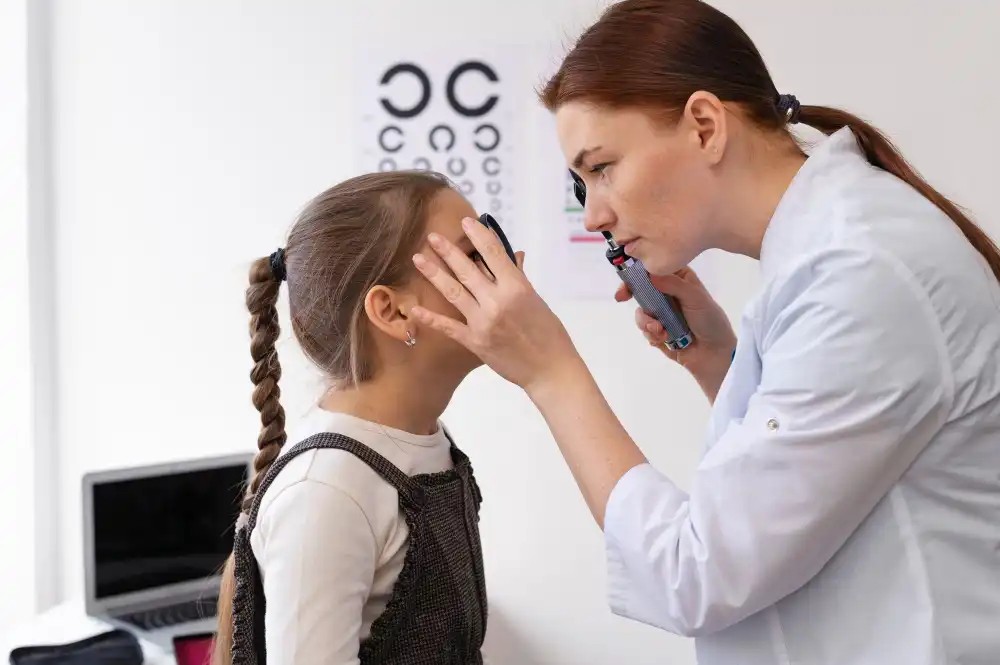
Did you know that about 6.8% of American kiddos have some kind of eyesight issue? And the wild part? A good number of these can be set right with the right treatment. But the longer we wait, the trickier it gets, and sometimes, it can lead to lasting vision woes. Dr. Hariharan shares an eye-opener: “Imagine going from a blurry 20/400 to a crystal-clear 20/20, all with the magic of an eye patch. But the secret sauce? Catching it early.”
Your baby’s first peek into the world would’ve come with an eye exam, ensuring they kick things off with the best vision possible. And guess what? The American Academy of Ophthalmology (AAO) has got it all mapped out for you: a check-up between 6-12 months, a little peek when they’re toddling between 1 to 3 years, and then a good look-see between 3 and 5 years.
While the friendly neighborhood pediatrician or family doc might be your first stop for these checks, if they spot something fishy, they’ll pass the baton to an ophthalmologist for a deep dive into those twinkling eyes.
Child's Vision Check: The Kindergarten Eye Milestone
Ah, the age of 3! It’s not just about those mischievous smiles and endless energy; it’s also when our kiddos are ready for their first in-depth eye examination. Think of it as their VIP ticket to the world of vivid visions. Whether you opt for a pediatric ophthalmologist or a pediatric optician, they’re set to dive deep into those sparkly peepers.
“Picture this,” says Dr. Cimino, with an earnest note in her voice, “A kiddo gearing up for kindergarten, all excited. We firmly believe they should get a full-blown eye exam before they step into that classroom. You’d be surprised, but sometimes, there’s not even a whisper of a problem, and yet, there lurk vision hiccups.”
So, what’s this first deep-dive look like? Each professional has their own toolkit, but they often start by fishing out any family history of those sneaky eye issues. Got a little reader on your hands? They might be asked to sound out some letters, revealing which ones pop for them. But fret not if your tot isn’t into alphabets yet; it’s all about fun pictures for them. And get this – examining kiddo vision isn’t all charts and serious faces. “It’s almost like a playdate,” chuckles Dr. Hariharan. “Through games and play, we glean all we need about those young eyes.”
"A kiddo gearing up for kindergarten, all excited. We firmly believe they should get a full-blown eye exam before they step into that classroom. You’d be surprised, but sometimes, there’s not even a whisper of a problem, and yet, there lurk vision hiccups."
— HEATHER CIMINO, MD, OD
Child's Vision Insight: Peeking Into the Eye's Depth and Colors
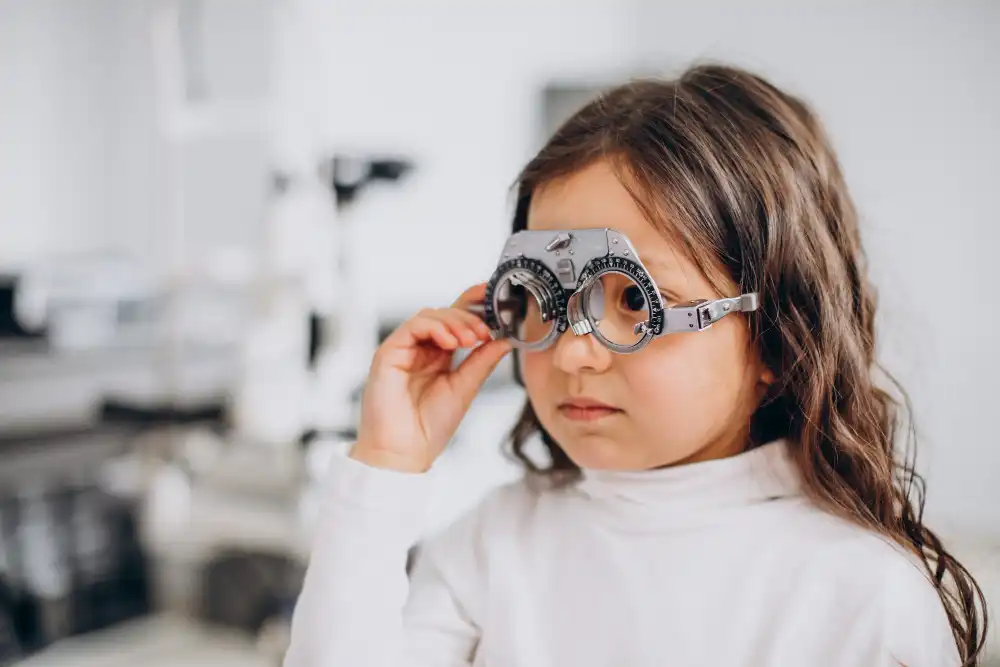
“We don’t just stop at ‘Can you see this or that?'” Dr. Cimino begins, excitement in her voice. “We dive deeper, testing the harmony between the eyes – their collaboration, if you will. We’re on the lookout for depth perception, ensuring those peepers sense the 3D beauty of our world.” And here’s a tidbit: young gents are more prone to color blindness. So, don’t be surprised if your little man gets tested for shades of red and green to ensure he sees the world in all its colorful glory.
Now, post this thorough exam, depending on what’s unearthed, you might be penciling in a revisit. Could be in 6 months, or perhaps, a year. But always remember, it’s all about getting the full picture of your child’s vision.
Now, onto school days! Dr. Cimino, echoing the American Optometrist Association, reminds us, “Once they’re immersed in the academic world, we advocate for a vision check every couple of years.” Schools often step up with vision programs to facilitate this. But hey, as a guardian of those young eyes, if you sense even a hint of a vision glitch, take the lead. Schedule a deeper dive with a specialist. As Dr. Cimino warmly puts it, “Time is of the essence. We want to catch and correct any issues when they’re tiny blips. After all, these young eyes have a whole world to explore for many, many years.”
Child's Vision Future: Taking a Clear Look Ahead
The magic of watching a butterfly flutter by, the awe in seeing fireworks light up the night sky, or the joy of reading a captivating story – these are moments that come alive through the gift of sight. For our young ones, every visual experience is a step towards learning, growth, and wonder.
Following the guidelines set by trusted organizations like the AAO and AOA ensures that you’re on the right track. While initial screenings with pediatricians or family physicians lay the foundation, remember that specialists like pediatric ophthalmologists or opticians can offer a deeper insight into the intricacies of your child’s visual health.
As you prioritize their well-being, remember that by ensuring their eyesight is in the best possible condition, you’re granting them the priceless gift of experiencing the world in all its vibrant detail. At the end of the day, taking these proactive steps isn’t just about vision—it’s about shaping a clearer, brighter future for them. So, here’s to cherishing and protecting those little windows to the world.
- Li Y, Sun H, Zhu X, et al. Efficacy of interventions for amblyopia: a systematic review and network meta-analysis. BMC Ophthalmology. 2020;20(1):203. doi 10.1186/s12886-020-01442-9
- Li Y, Sun H, Zhu X, et al. Efficacy of interventions for amblyopia: a systematic review and network meta-analysis. BMC Ophthalmology. 2020;20(1):203. doi 10.1186/s12886-020-01442-9
- Holmes JM. Effect of age on response to amblyopia treatment in children. Arch Ophthalmol. 2011;129(11):1451. doi: 10.1001/archophthalmol.2011.179
- Holmes JM. Effect of age on response to amblyopia treatment in children. Arch Ophthalmol. 2011;129(11):1451. doi: 10.1001/archophthalmol.2011.179
- Holden BA, Fricke TR, Wilson DA, et al. Global prevalence of myopia and high myopia and temporal trends from 2000 through 2050. Ophthalmology. 2016;123(5):1036-1042. doi:10.1016/j.ophtha.2016.01.006
- National Eye Institute. At a glance: Amblyopia.
- Holden BA, Fricke TR, Wilson DA, et al. Global prevalence of myopia and high myopia and temporal trends from 2000 through 2050. Ophthalmology. 2016;123(5):1036-1042. doi:10.1016/j.ophtha.2016.01.006
- Sheppard AL, Wolffsohn JS. Digital eye strain: prevalence, measurement and amelioration. BMJ Open Ophth. 2018;3(1):e000146. doi: 10.1136/bmjophth-2018-000146
- Davidson S, Quinn GE. The impact of pediatric vision disorders in adulthood. Pediatrics. 2011;127(2):334-339. doi.org/10.1542/peds.2010-1911
- American Academy of Ophthalmology. Eye Exam and Vision Testing Basics.
- National Eye Institute. Causes of color blindness
- American Optometric Association. Recommended Eye Examination Frequency for Pediatric Patients and Adults


